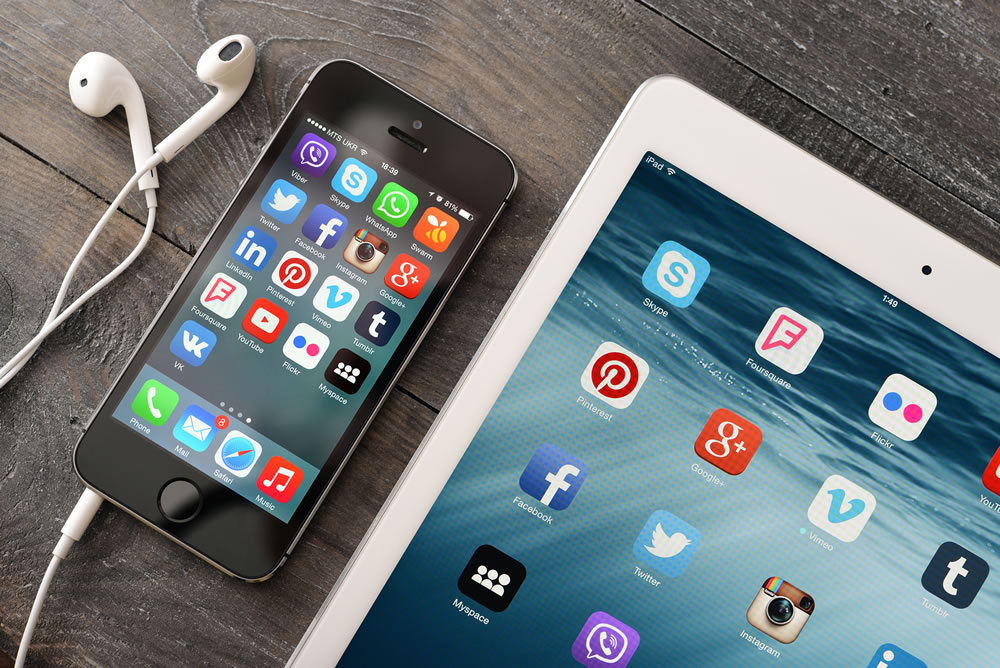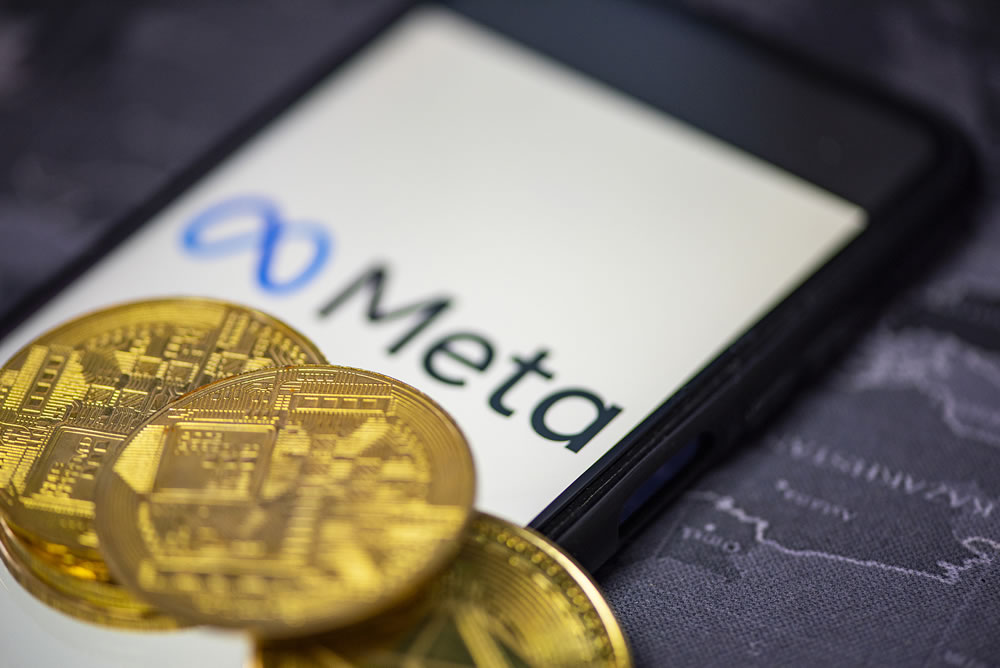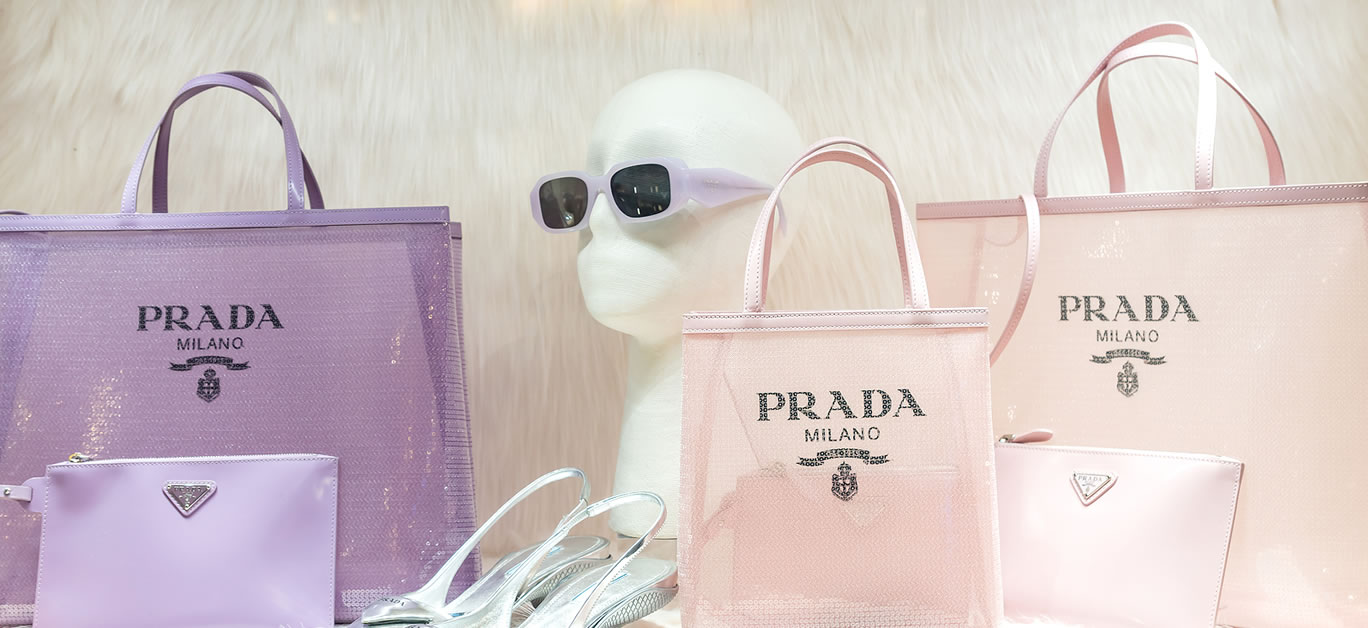As we hurtle towards the end of 2022, luxury brands are looking ahead to devise a fail-safe marketing strategy for the new year. And in 2023, it’s all change as embracing the digital world – as well as a whole new virtual world – becomes more important than ever and luxury brands are forced to re-evaluate the age-old strategies that no longer hold the same relevance or efficacy they once did.
Luxury goods and services have been seen as status symbols for generations, adored by affluent audiences and affordable only to the wealthiest – but over time, the definition of, and the audience for, luxury has evolved. While high-quality designs and materials and meticulous craftsmanship are still cornerstones, the digital revolution has seen the biggest names in a sector striving to reach a wider audience, and leveraging all of the opportunities that digital platforms offer whilst continuing to exude an air of exclusivity has been an ongoing challenge.
With Millennials and Gen Z-ers enjoying more disposable income than those before them, it stands to reason that luxury brands would want to capitalise on this, but there is a fine line to be walked in order to avoid alienating brands’ original high-net-worth customer bases.
While shopping in physical stores and boutiques still remains an indulgence many luxury buyers love, there’s no denying that the online space is where the real money is, and through digital channels and popular social media platforms, brands have been able to develop deeper, longer-lasting relationships with their clientele.
No longer is engagement simply about heading into a store, buying something and leaving again, as over the coming year, we can expect to see luxury brands get increasingly creative in the online and virtual spaces in a bid to stay one step ahead.
An end to social media resistance

Once upon a time, luxury brands avoided mass marketing like the plague, but with the advent of social media, this has become almost unavoidable if you want to stay relevant. But the good news is that pumping out engaging content across your channels is an excellent way to build your brand and communicate your messaging – and you can still reach highly specific target demographics through social media advertising. Of course, the latter has often been frowned upon by luxury brands, who have often worked on the basis of attracting customers, rather than chasing them – but done right, and with the right amount of subtlety, adverts like these can still be effective.
Like it or not, consumer attitudes and behaviours have changed over time, including within the luxury market – and social media is now one of the most powerful ways to connect with and form meaningful, lasting relationships with customers. So, if you’re still resisting, then it’s time to embrace social media with open arms in 2023 – you’ll be surprised at the incredible difference doing so will make.
Getting creative with data capture and web forms

Forget pop-ups that beg people to sign up for newsletters, or obnoxious messages pushed to customers when leaving a website reminding them not to do so without buying the items in their basket. This method simply doesn’t wash with the luxury customer, and brands must understand this in order to avoid permanently putting them off.
Avoid the sleazy salesman vibe, and leverage data capture and web forms instead, giving customers the choice about whether or not to share their personal information, and you’ll both win, as you can be certain that when utilising the data they provide, you’ll be marketing to engaged customers who have a genuine interest in your products or services. In addition to this they will be getting relevant and personalised marketing, with consent, that resonates with them and their lifestyles.
Form building providers like Headlessforms have seen a dramatic increase in the number of brands seeking out highly customisable forms in 2022, and next year, we can expect to see the momentum continue. The key will be collecting not just the most basic data, but getting customers to willingly share their interests and experience, which will, in turn, lead to more effective marketing strategies all-round.
Embracing the Metaverse

The development of the Metaverse has heralded a new era for luxury brand marketing, and over the past two years we’ve seen some of the biggest names scrambling to get ahead of the game. From fashion designer Philipp Plein’s first-of-its-kind crypto concept store in London to Gucci’s latest partnership with 10KTF on an NFT project, and virtual floating ‘New Tokyo’ world, with virtual, one-of-a-kind fashion accessories available for purchase, the potential of this latest development shouldn’t be underestimated. Luxury brands must adapt quickly if they wish to stay afloat over the coming year and beyond.
In 2023, we can expect to see a growing number of high-end brands diving head-first into the Metaverse in a bid to excite their customer bases and stay relevant, and this will include a more widespread adoption of cryptocurrencies like Bitcoin as a means of payment. With a growing number of wealthy individuals holding crypto portfolios, it’s an obvious move to make – and as interest in NFTs continues to surge, this is another area in which there’s an opportunity to get ahead.






















